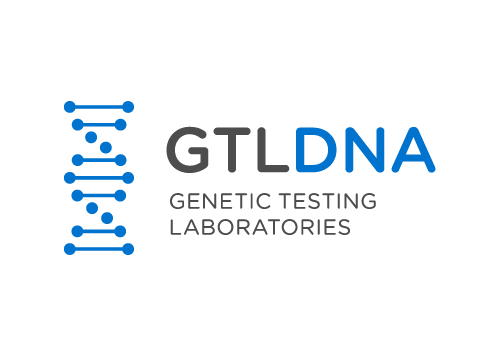A new genome analysis of some of our more known ancient human ancestors, namely the Neanderthals and Denisovans, reveals that the human species might have another, yet unidentified ancestor.
Adam Siepel, computational biologist from the Cold Spring Harbor Laboratory in New York, claims that this study shows how reconstructing the full evolutionary history of a collection of DNA profiles from modern humans and ancient hominins tell us a lot about deep human history.
The study done by Siepel and Amy Williams and Melissa Hubisz from the Department of Biological Statistics and Computational Biology in Cornell University also discovered evidence of interbreeding between humans and Neanderthals, which might have occurred much earlier than previously known or around 200,000 to 300,000 years ago. This adds new information to what we know about the complicated history of our species as well as the humans’ migration from Africa.
(Learn more about your ancestry through GTLDNA’s Ancestral Origins™ DNA Ancestry Test.)
The team used a Bayesian algorithm to analyse the patterns in the genomes from two Neanderthals, one Denisovan, and two modern day African humans. The model created can match the intermixing of DNA through time.
Through the algorithm, the team looked for recombination events wherein two sets of chromosomes mixed together. This enabled the researchers to dig deep through the history of the species’ interbreeding using the genetic markers. The researchers report that 1 percent of the Denisovan DNA is of an unknown origin.
It is possible that the unknown ancestor might be the Homo erectus, which is thought to have died out more than 100,000 years ago, but no H. erectus DNA has ever been found.
The algorithm used in the team’s study, ARGweaver-D, was developed by Hubisz and is an extension of the ARGweaver original. The tool analyzes the ARGs or ancestral recombination graphs, which would not be possible with standard statistical number crunching. Because of the new algorithm, researchers were able to reach back further in history, and it is especially powerful in detecting ancient introgression.
The study also claims that around 15 percent of the unidentified regions of DNA found in the Denisovan genome are still present in modern humans. What we have yet to know is what happened to this mystery species.
Meanwhile, between 3 to 7 percent of Neanderthal DNA is influenced by ancient Homo sapiens, which supports the claim of interbreeding that had happened throughout centuries until the mass migration of modern humans out of Africa thought to be 50,000 years ago.
But the study suggests a timeline wherein the migration could have happened much earlier, at least 200,000 years ago. The study also produced evidence that supports the possibility of more than one early migration out of Africa.
Because of this study, we are likely to see more new studies applying the new algorithm or a better one on DNA records, allowing us more access to find out the genetic origins of the human species.
Related Articles:
